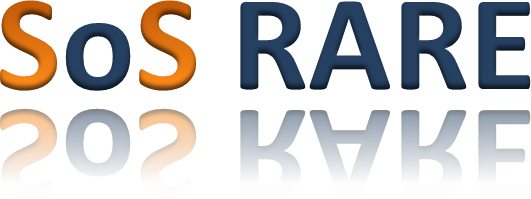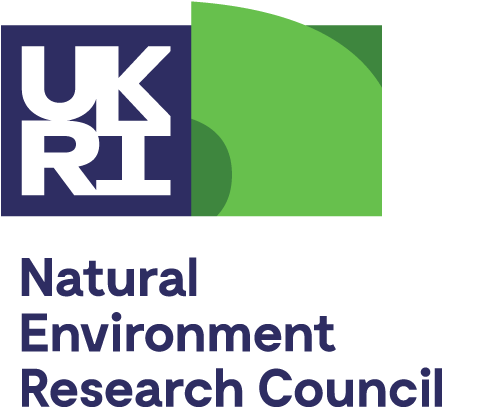SoS RARE 2018 Annual Meeting, University of Brighton
On 6th June, SoS RARE teams from across the UK along with project partners came together in sunny Brighton for our annual meeting. The meeting kicked off with a trip to a brewhouse to get us in the mood for all things rare earth. It's been a busy year for all of the researchers working on the project, so there was a lot to get through when the more formal meeting began in the Advanced Engineering department at University of Brighton on Thursday.
We began with a keynote talk from Jindrich Kynicky from Mendel University who discussed REE deposits in Mongolia, such as the Lugin Gol complex which contains around 400 REE-rich deposits. This insightful talk was useful background to the WP1 update, led by Frances Wall, on primary deposits. Martin Smith presented research which suggests that xenotime precipitates at relatively low temperates with sulphates probably being quite important for REE fractionation. After coffee, Martin then led us through updates from WP2 on secondary deposits, mainly ion adsorption clays. Teams from St. Andrews and Brighton have characterised the REE content in a number of laterite samples; furthermore, XANES analysis shows that solvated REE are largely adsorbed onto kaolinite surfaces. John Harding then gave an entertaining talk on progress being made on the computational modeling work being done at Leeds and Sheffield. A paper is being drafted on mechanisms of ligand exchange in REE solutions and simulations of REE adsorption on kaolinite are underway.
Our project partner from UIT, Harald Kalka, gave a keynote talk on REE thermodynamics. His talk focused on thermodynamic modeling of ion exchange and surface complexation of REEs. Quite notably, he discussed the errors in fundamental parameters that exist in common thermodynamic modeling software. Following this came the WP3 update on characterisation and processing of primary ores. Sergio Sanchez from Leeds presented his research which suggests that REE fractionation might be achieved by alkali roasting. Barbara Palumbo-Roe then led the discussion of work being done in WP4 on methods to improve processing of secondary deposits. Here, we welcomed Tony Stockdale from Leeds who presented his ongoing research on a wide study of the leaching ability of a number of different solutions.
Our first day ended with a meal at Al Duomo restaurant right in the heart of Brighton. A number of members extended the evening by visiting a couple of the pubs in the town. On our final day we resumed by starting with a keynote talk from Jochen Petersen (UCT). He gave a very insightful talk on the processing of REE deposits and highlighted the main technical features of the general features of primary deposits. Our final WP update came from Frances Wall - WP5 focuses on responsible supply and outreach. Frances presented work by Robert Pell on life cycle analysis of REE extraction and processing and there was a lively debate about the factors that govern responsible supply and quantify this. Our final keynote talk was from Martin Pittuck (SRK), one of our industrial partners, who discussed some recent REE deposit projects.
A number of breakout discussions commenced after lunch, one, notably, being focused on ion adsorption clays, so that different groups could coordinate research. The group then rejoined to discuss possible funding options and taking aspects of SoS RARE forward when the project ends. Finally, the closed business meeting took place to end the AGM. It was a great event and fantastic opportunity to see just how far the project has come since a year ago. Thanks go to Martin Smith and the team at Brighton for their organisation and hosting us.
Aaron Finney, June 2018






